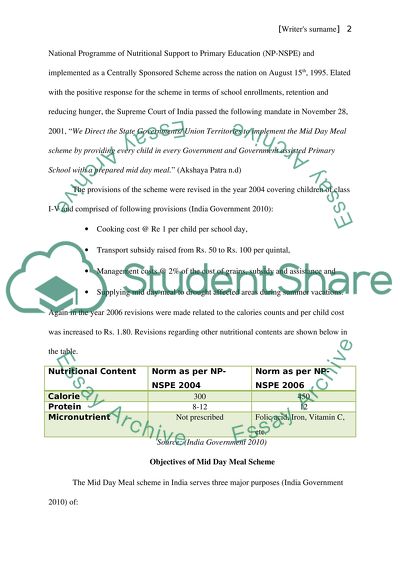Cite this document
(“Economic Development and Poverty Term Paper Example | Topics and Well Written Essays - 2250 words”, n.d.)
Retrieved from https://studentshare.org/environmental-studies/1404648-economic-development-and-poverty
Retrieved from https://studentshare.org/environmental-studies/1404648-economic-development-and-poverty
(Economic Development and Poverty Term Paper Example | Topics and Well Written Essays - 2250 Words)
https://studentshare.org/environmental-studies/1404648-economic-development-and-poverty.
https://studentshare.org/environmental-studies/1404648-economic-development-and-poverty.
“Economic Development and Poverty Term Paper Example | Topics and Well Written Essays - 2250 Words”, n.d. https://studentshare.org/environmental-studies/1404648-economic-development-and-poverty.


